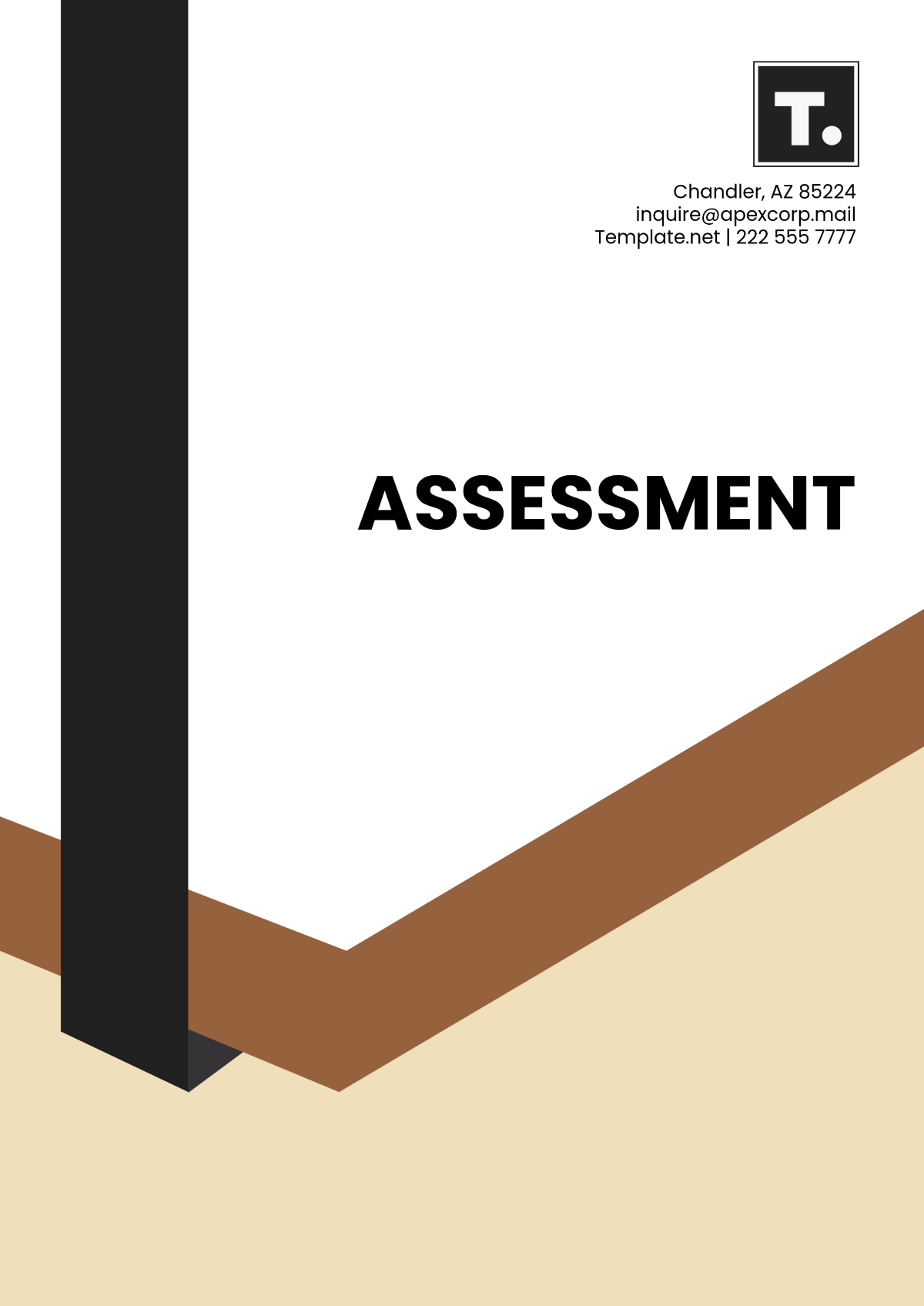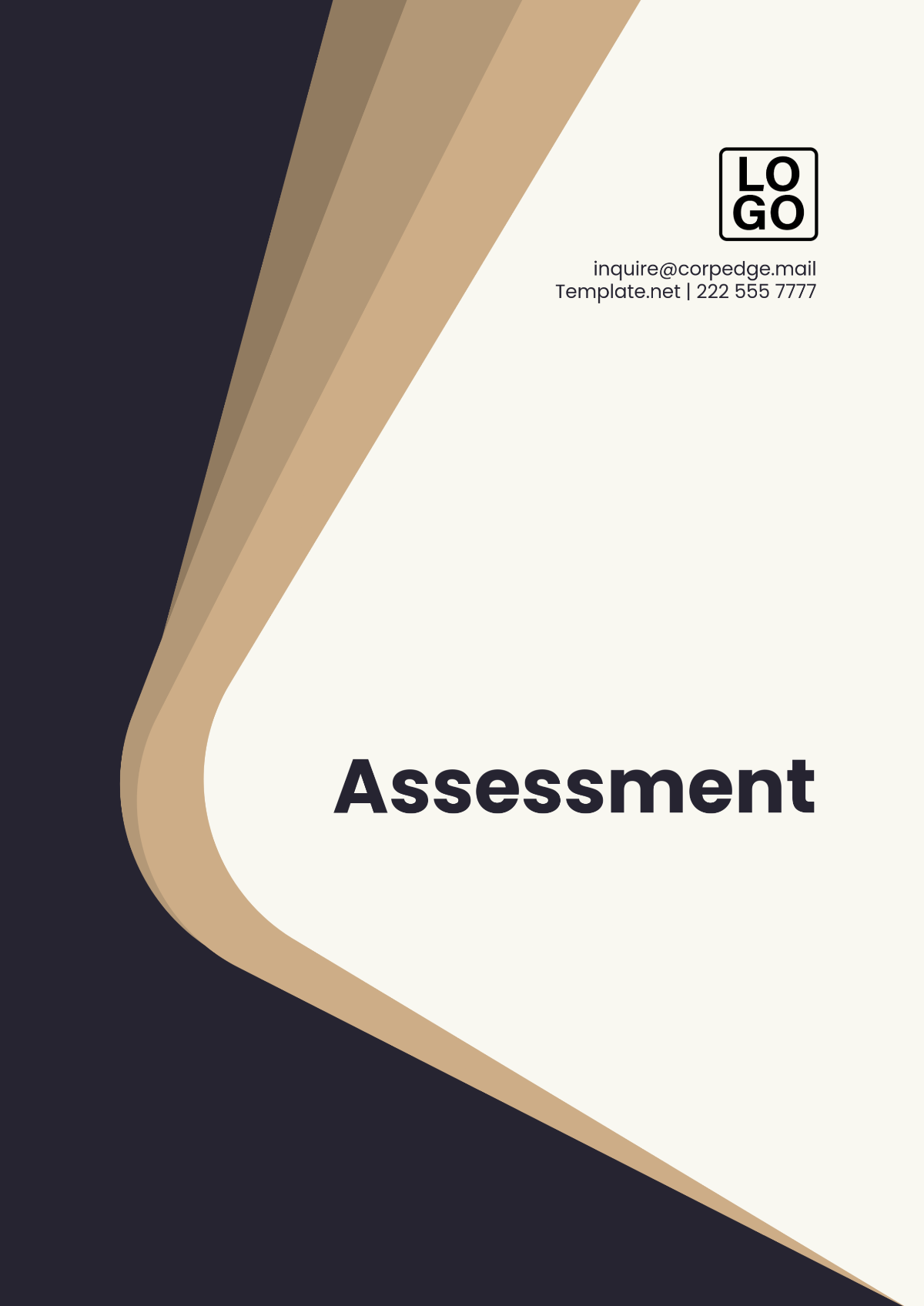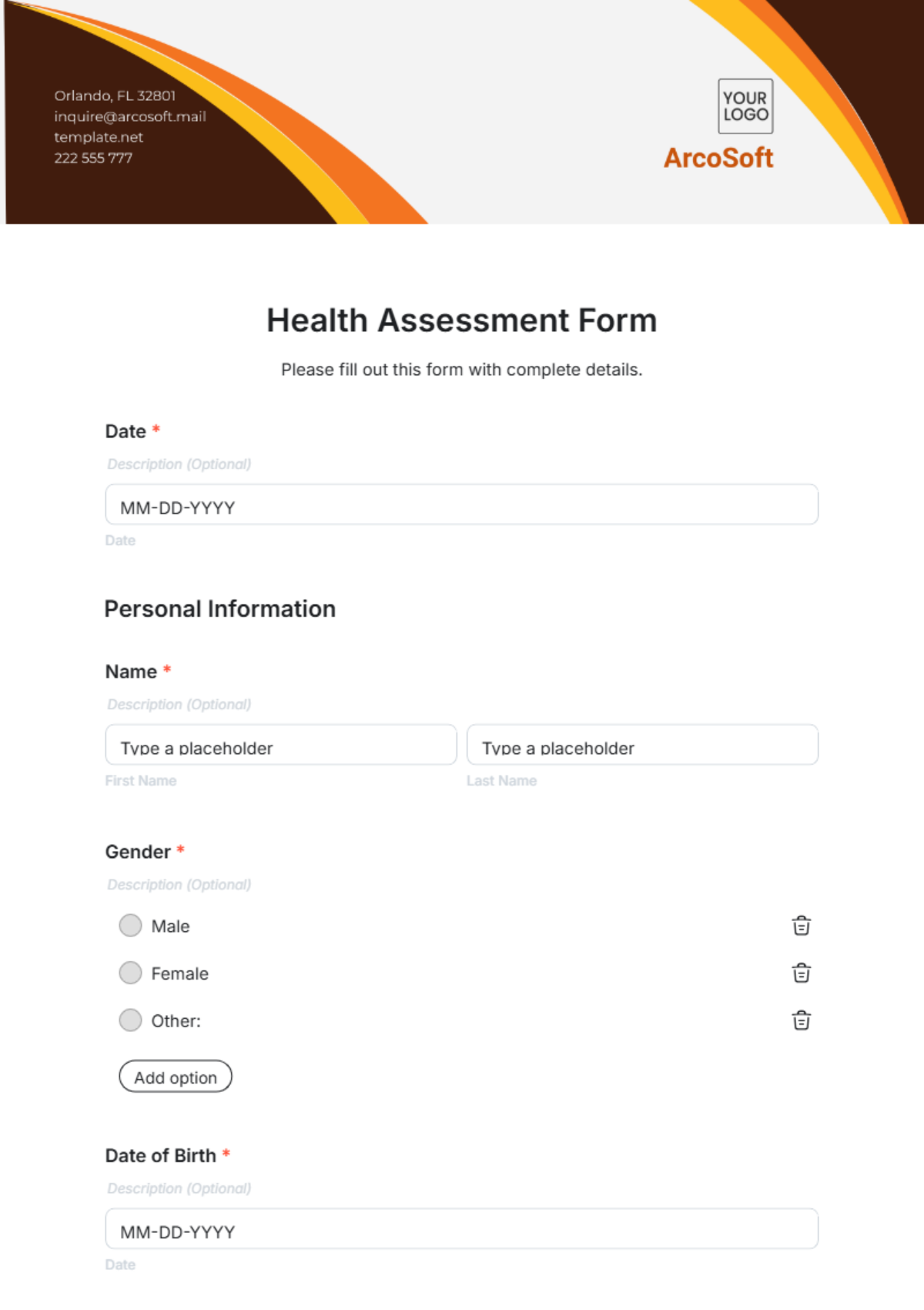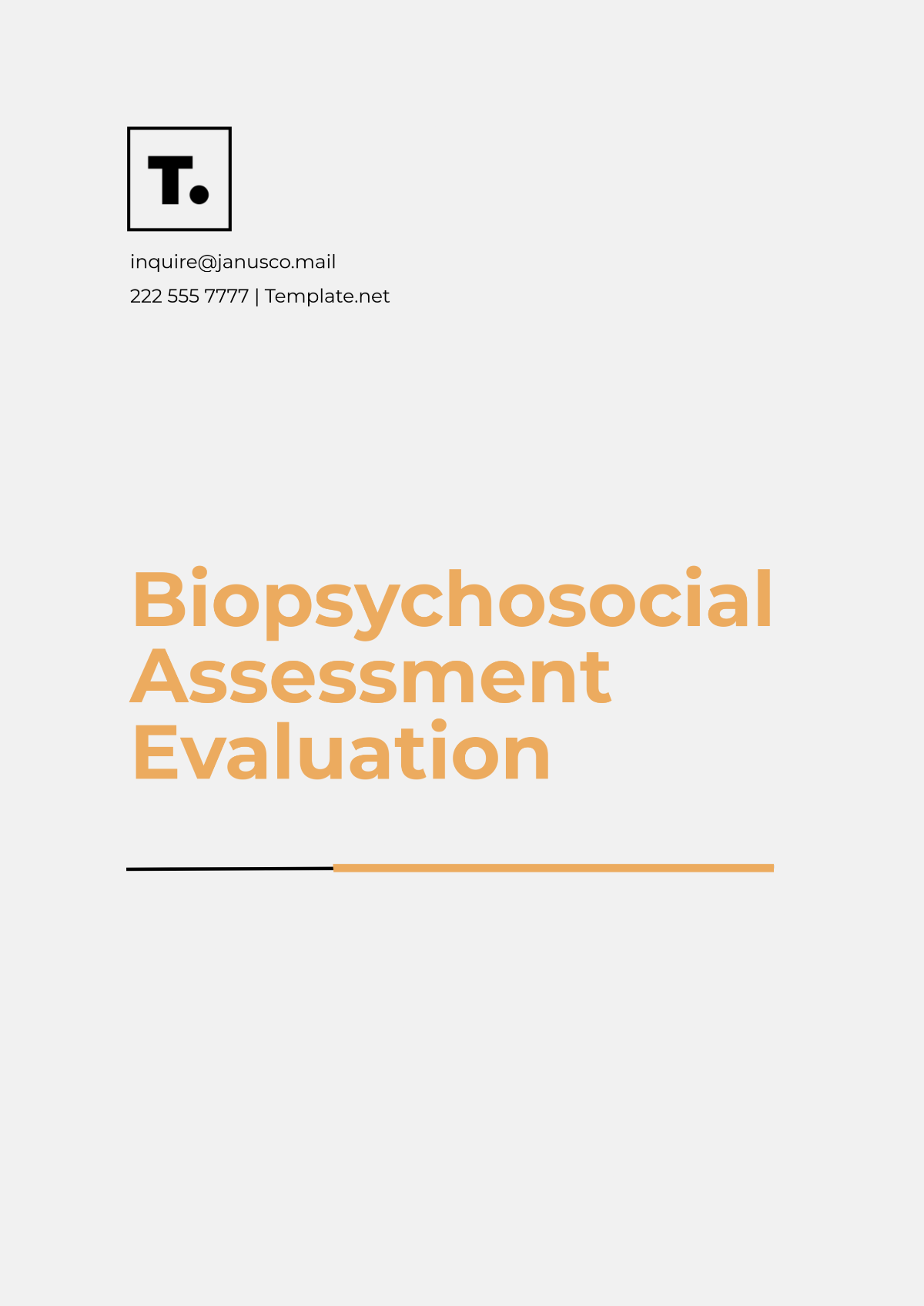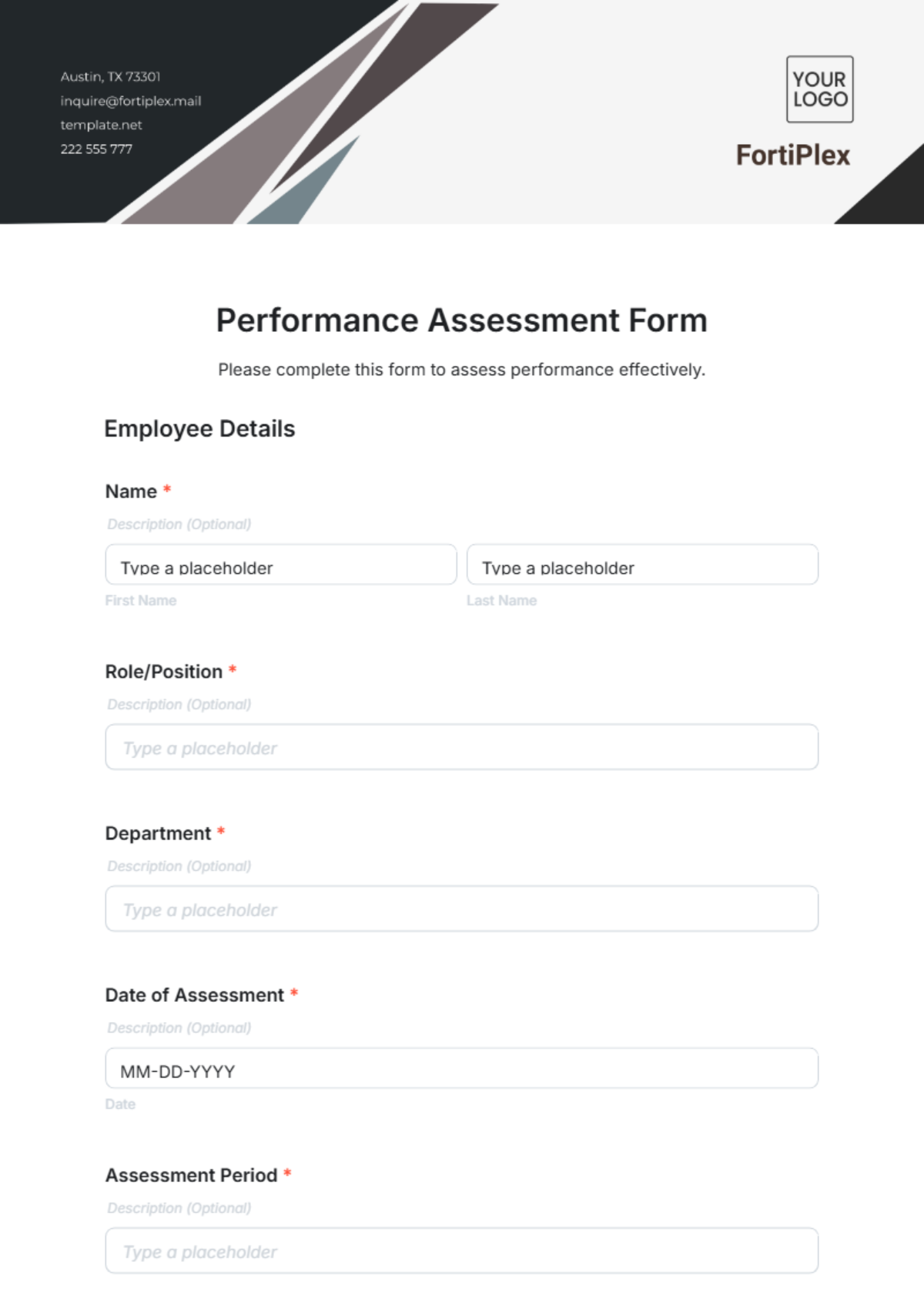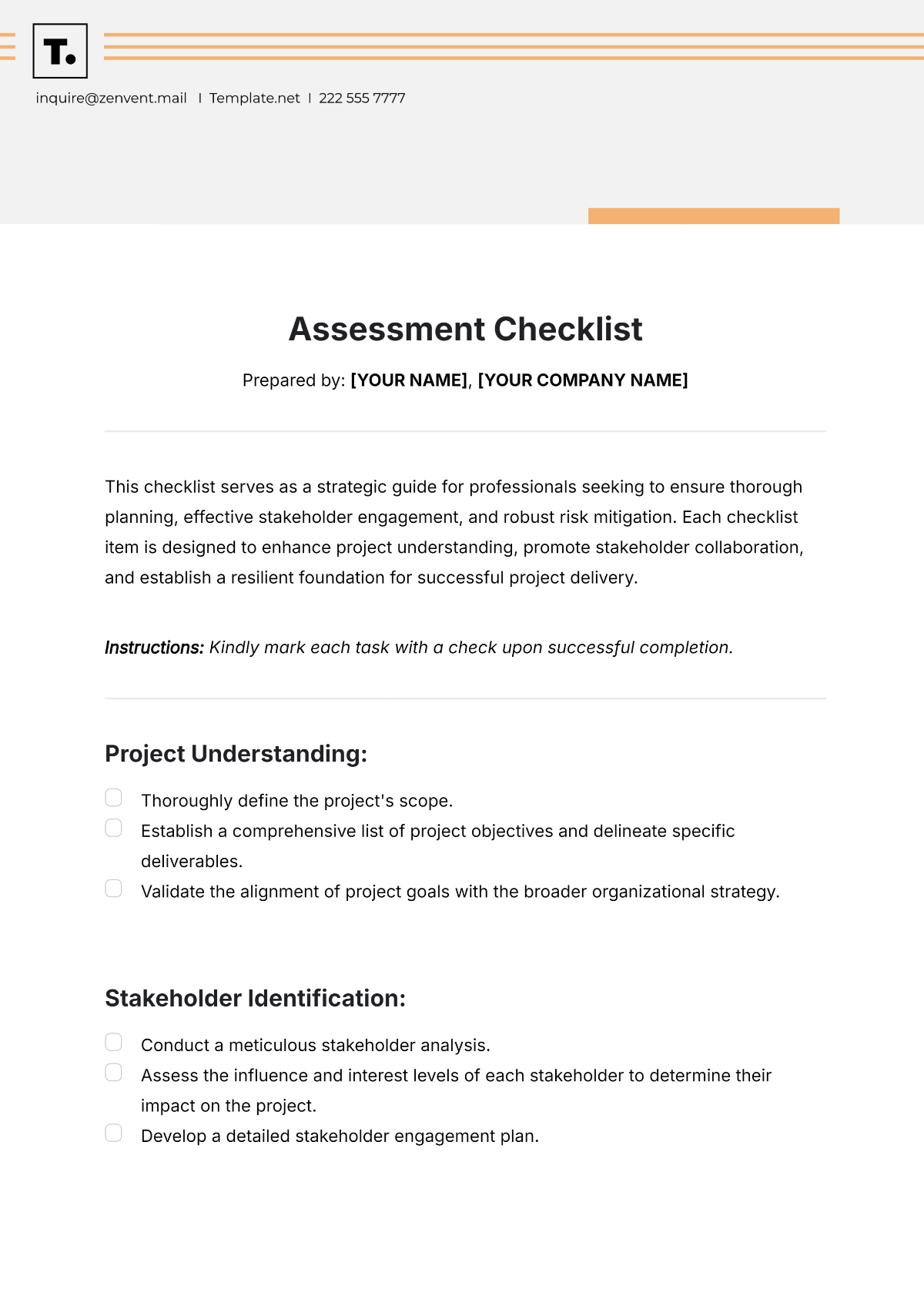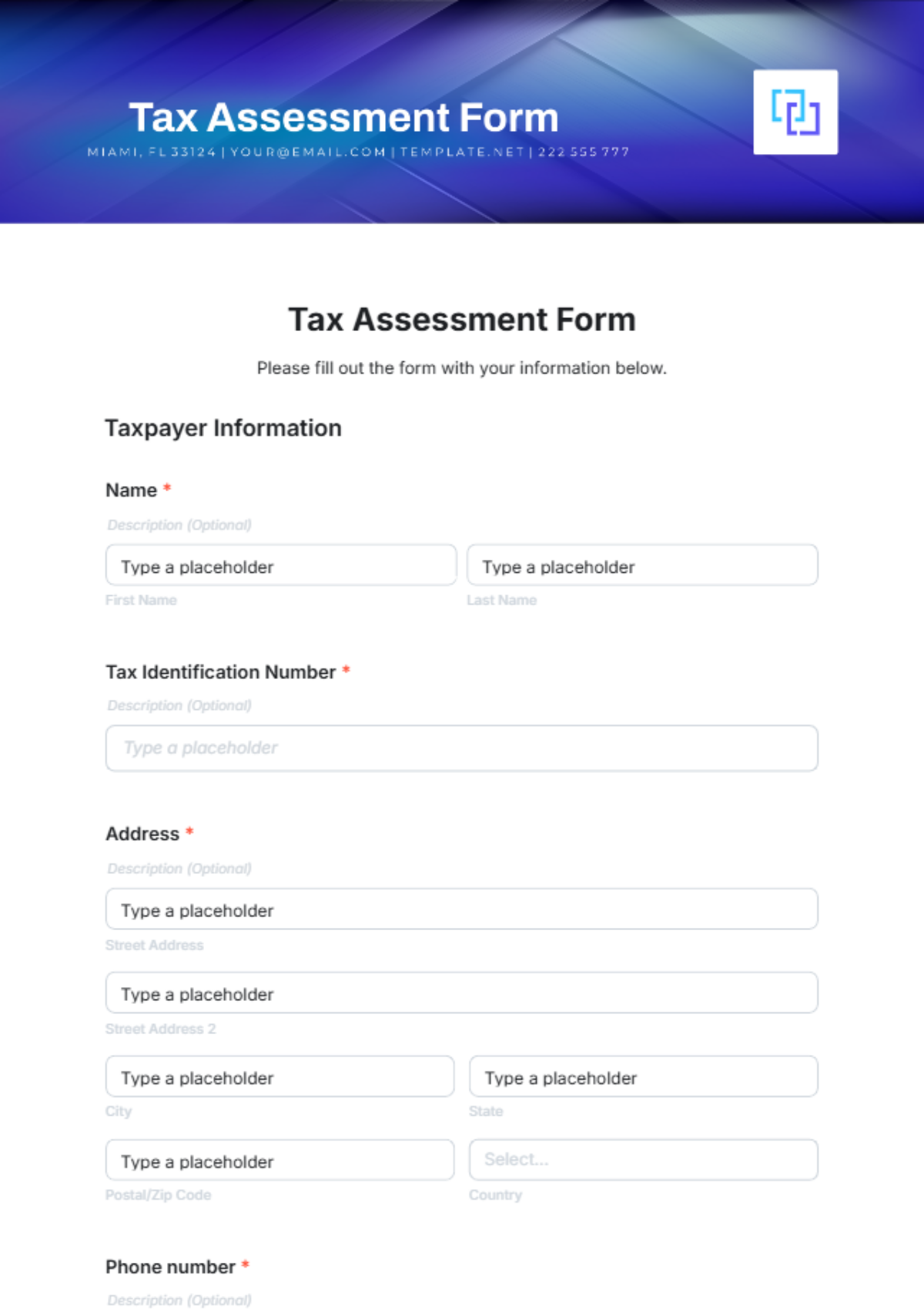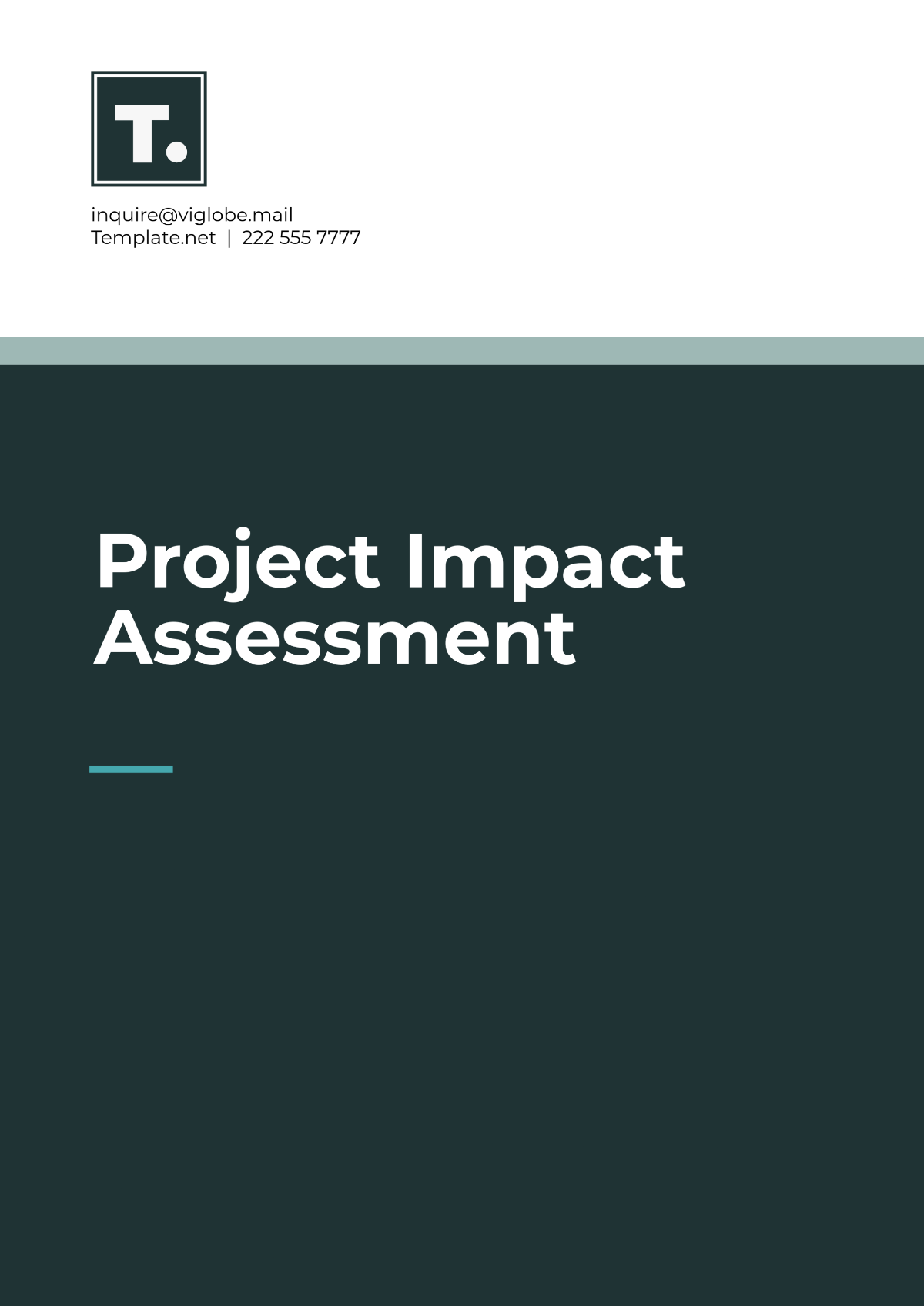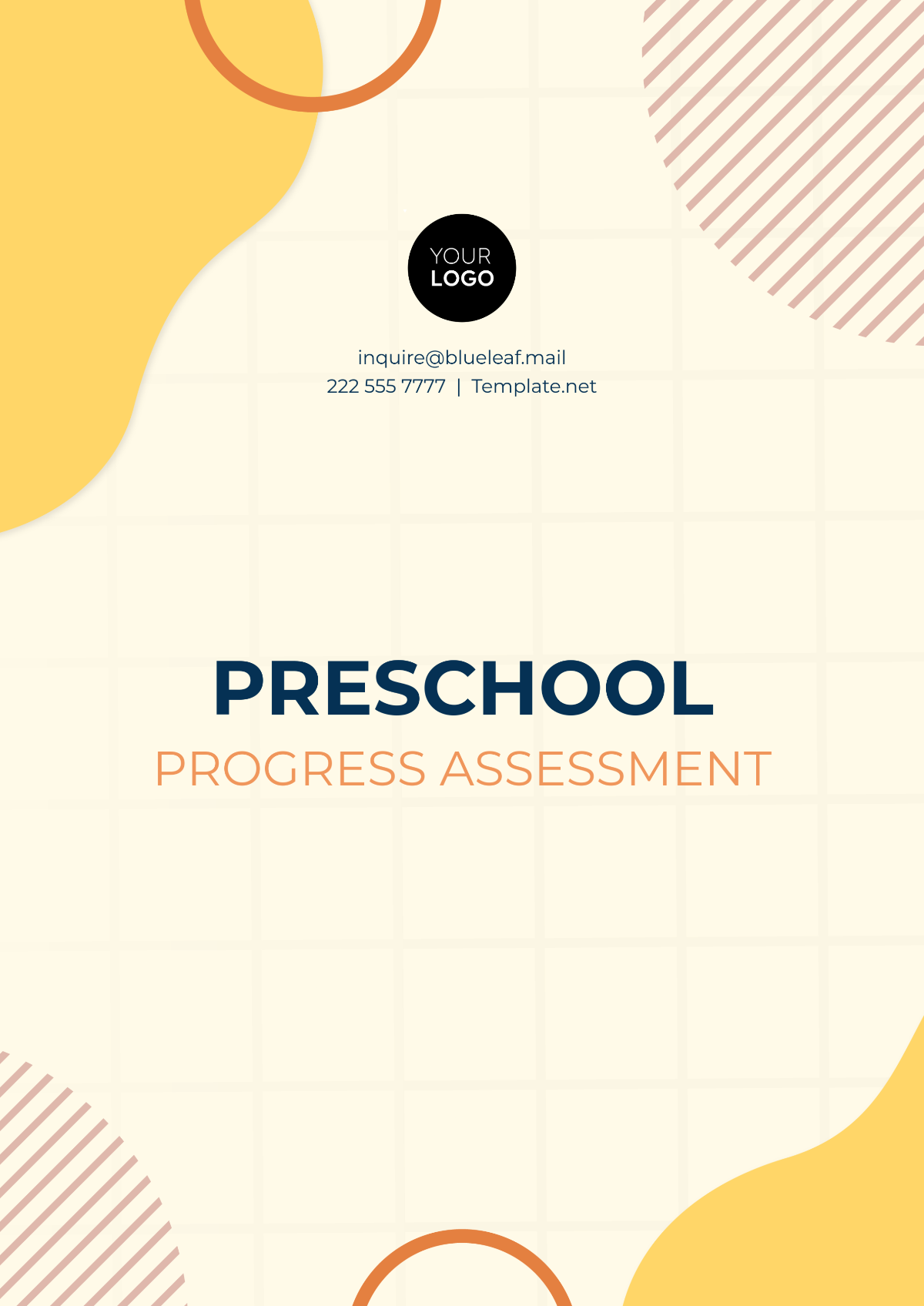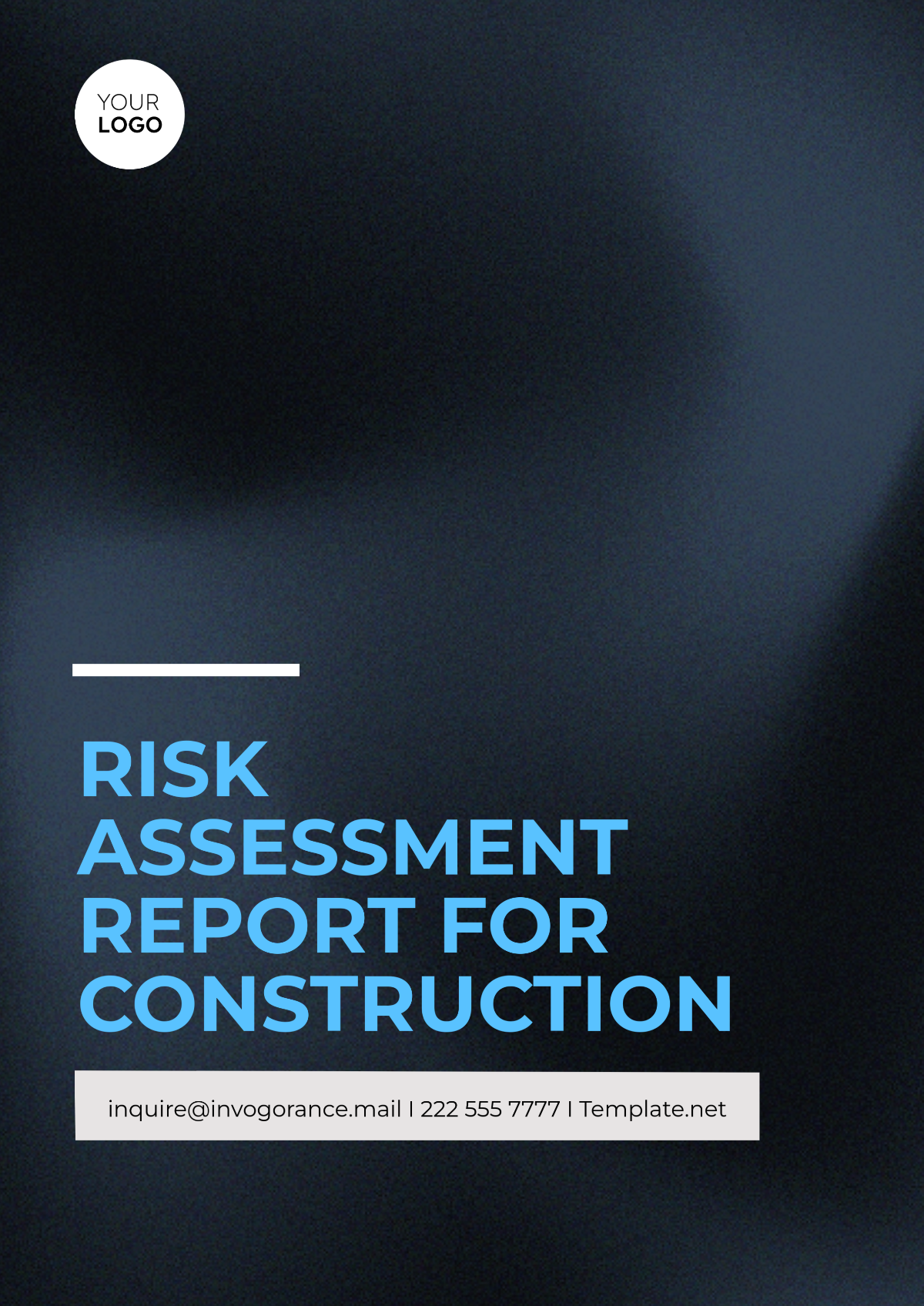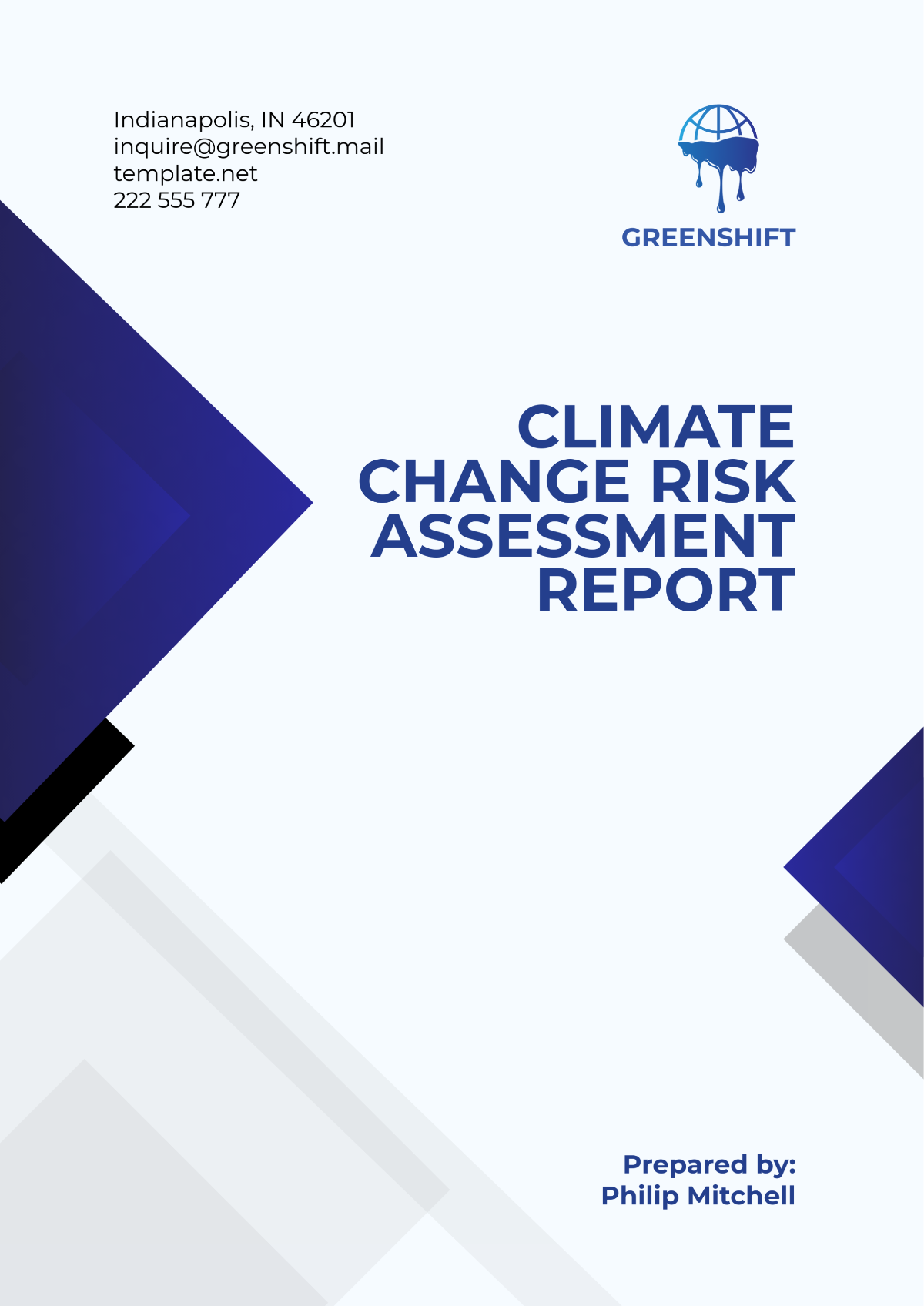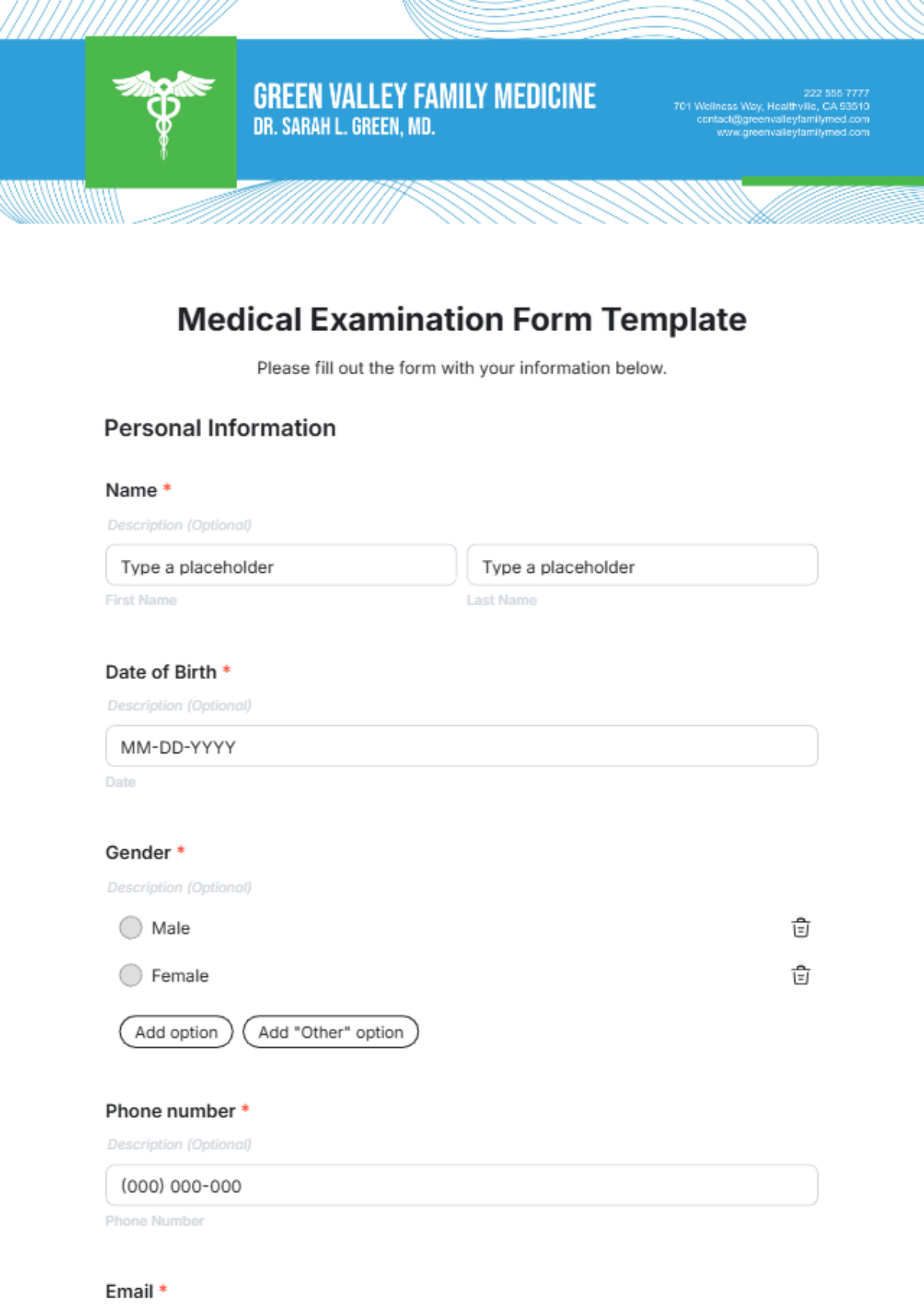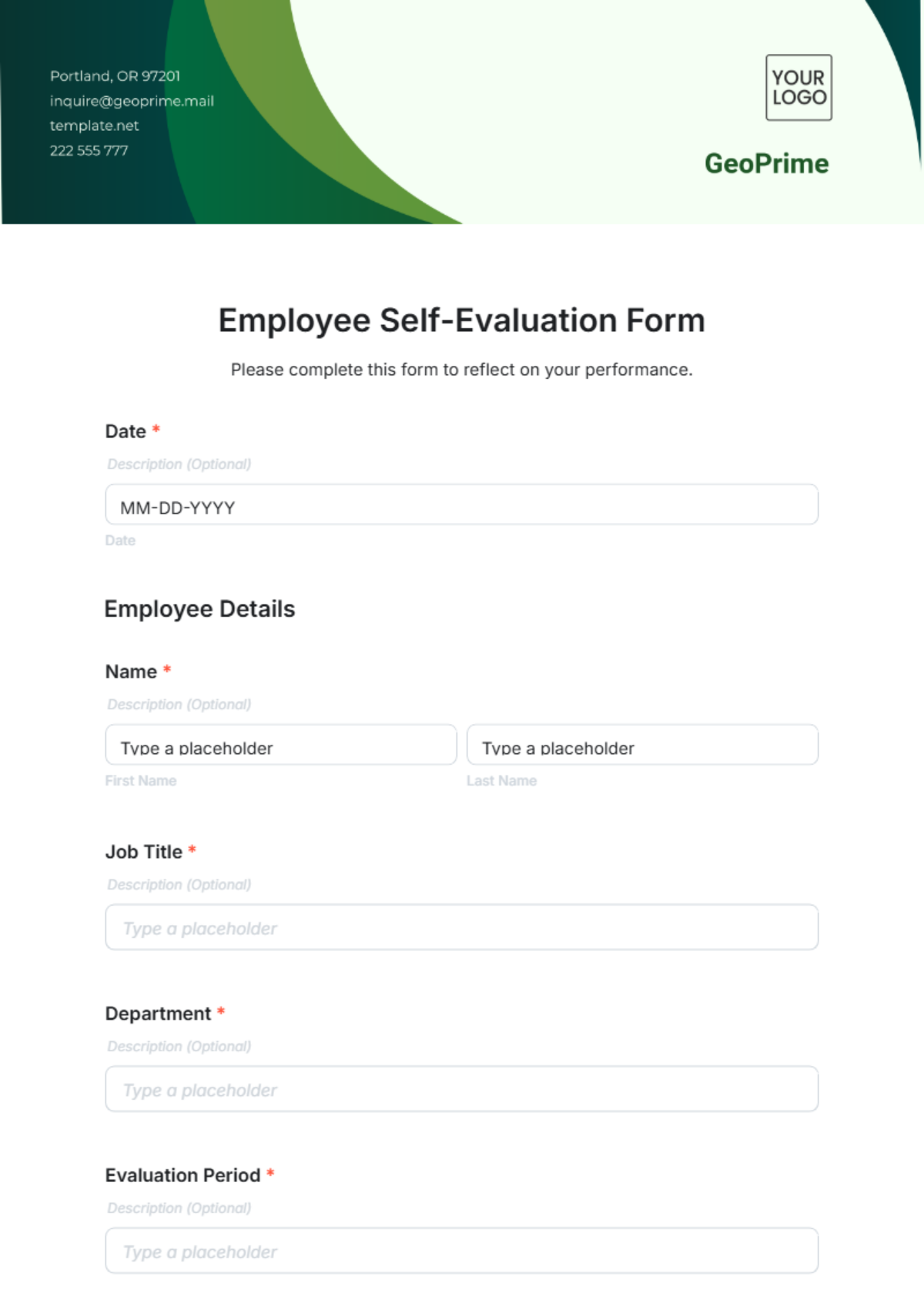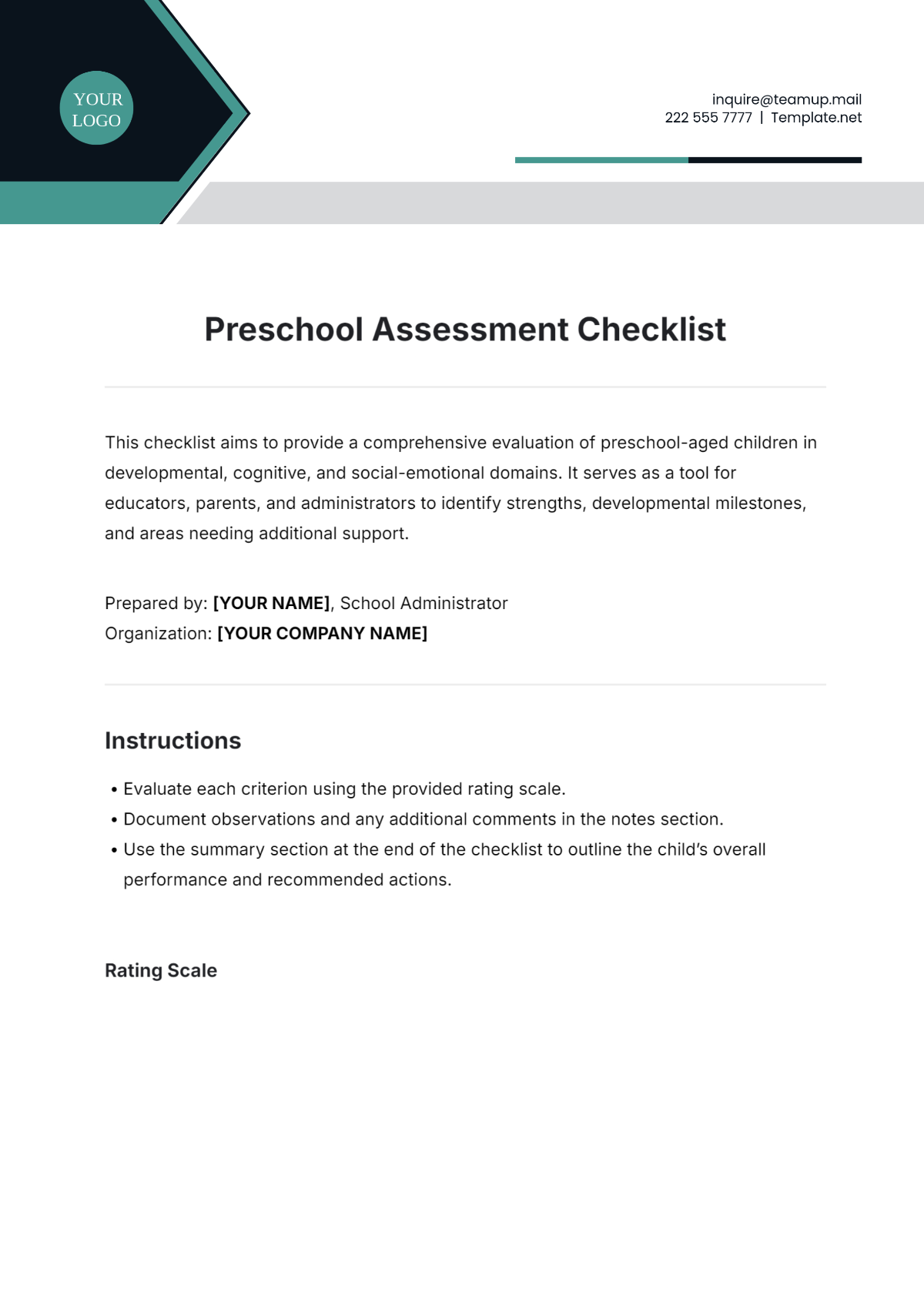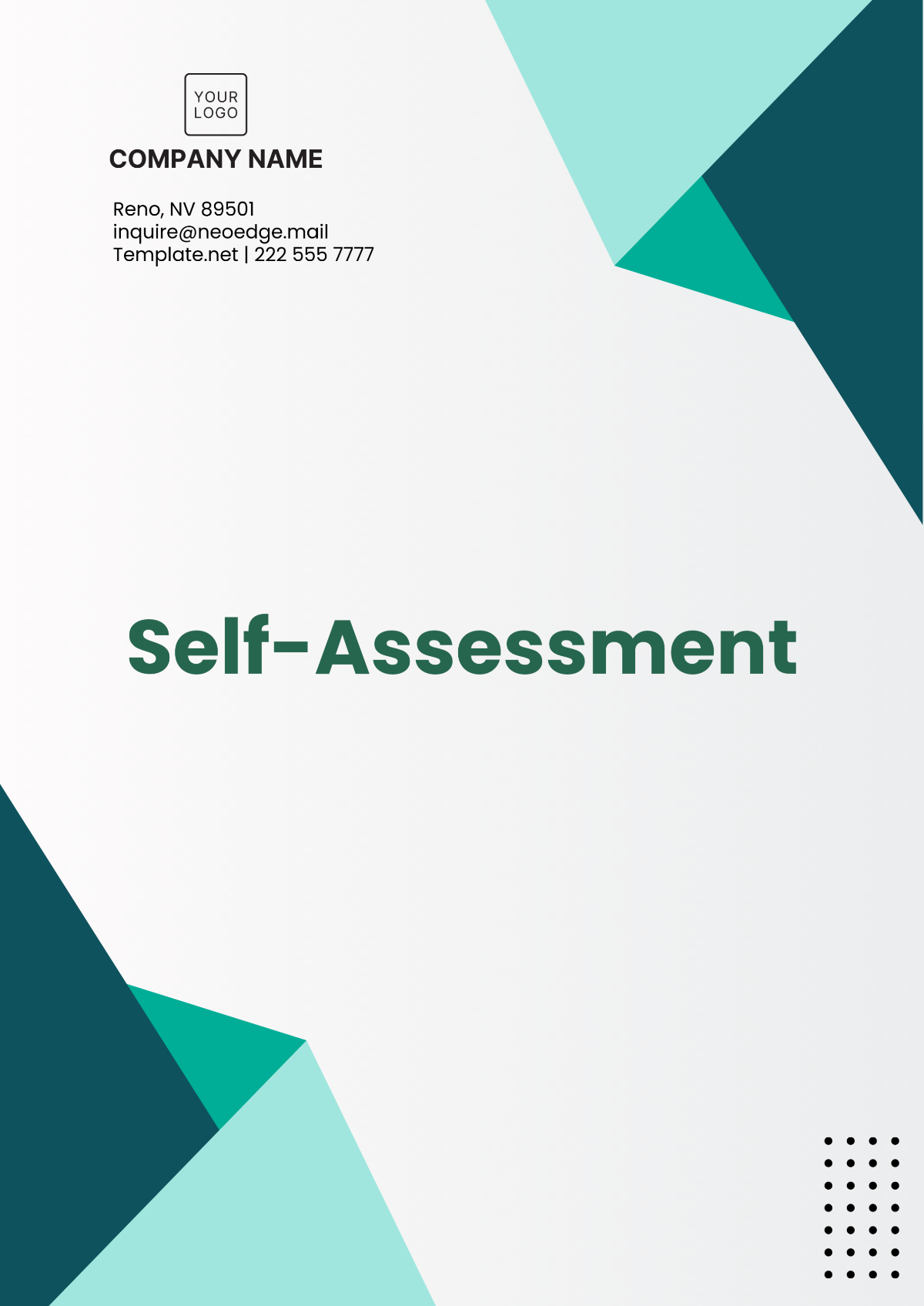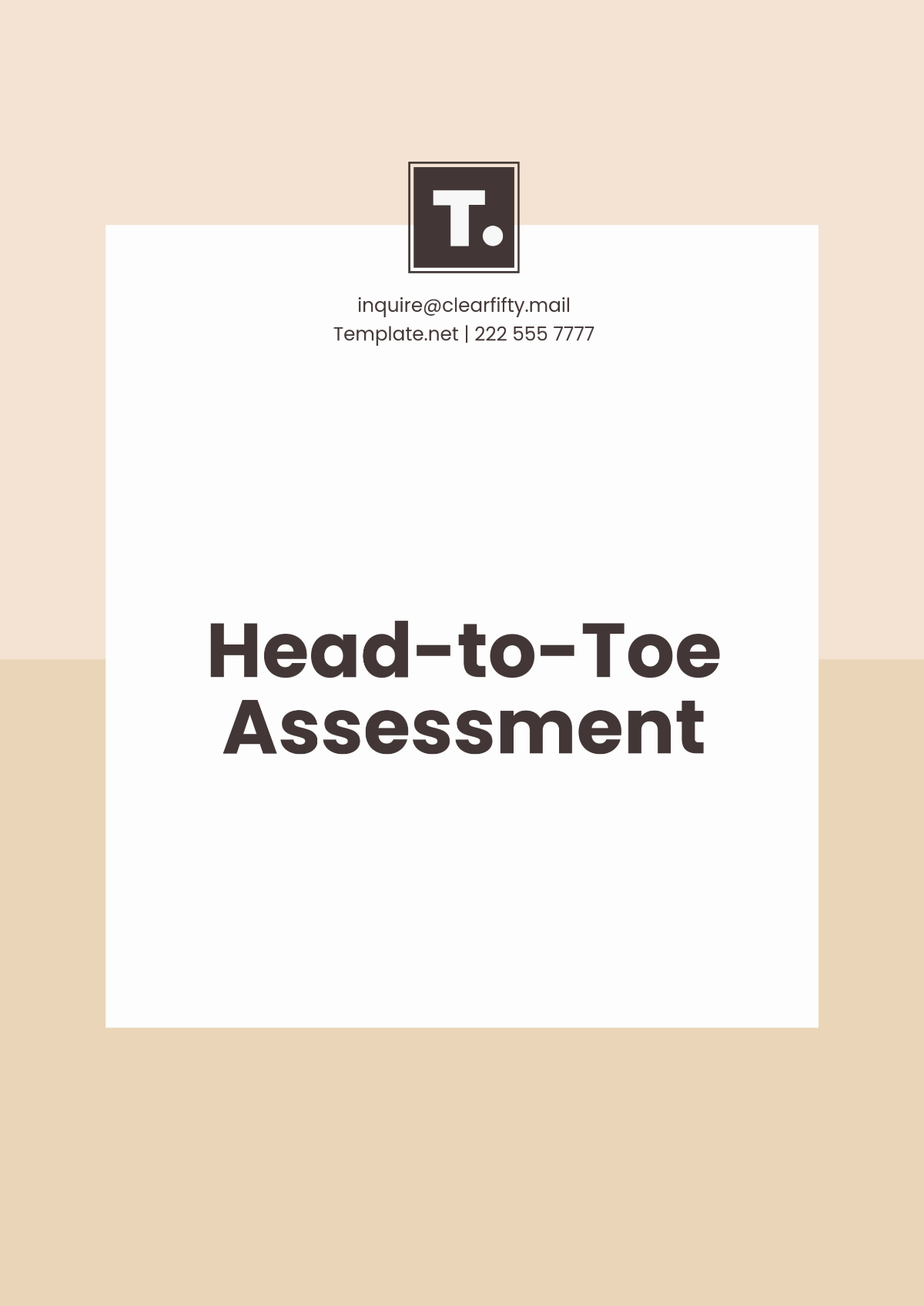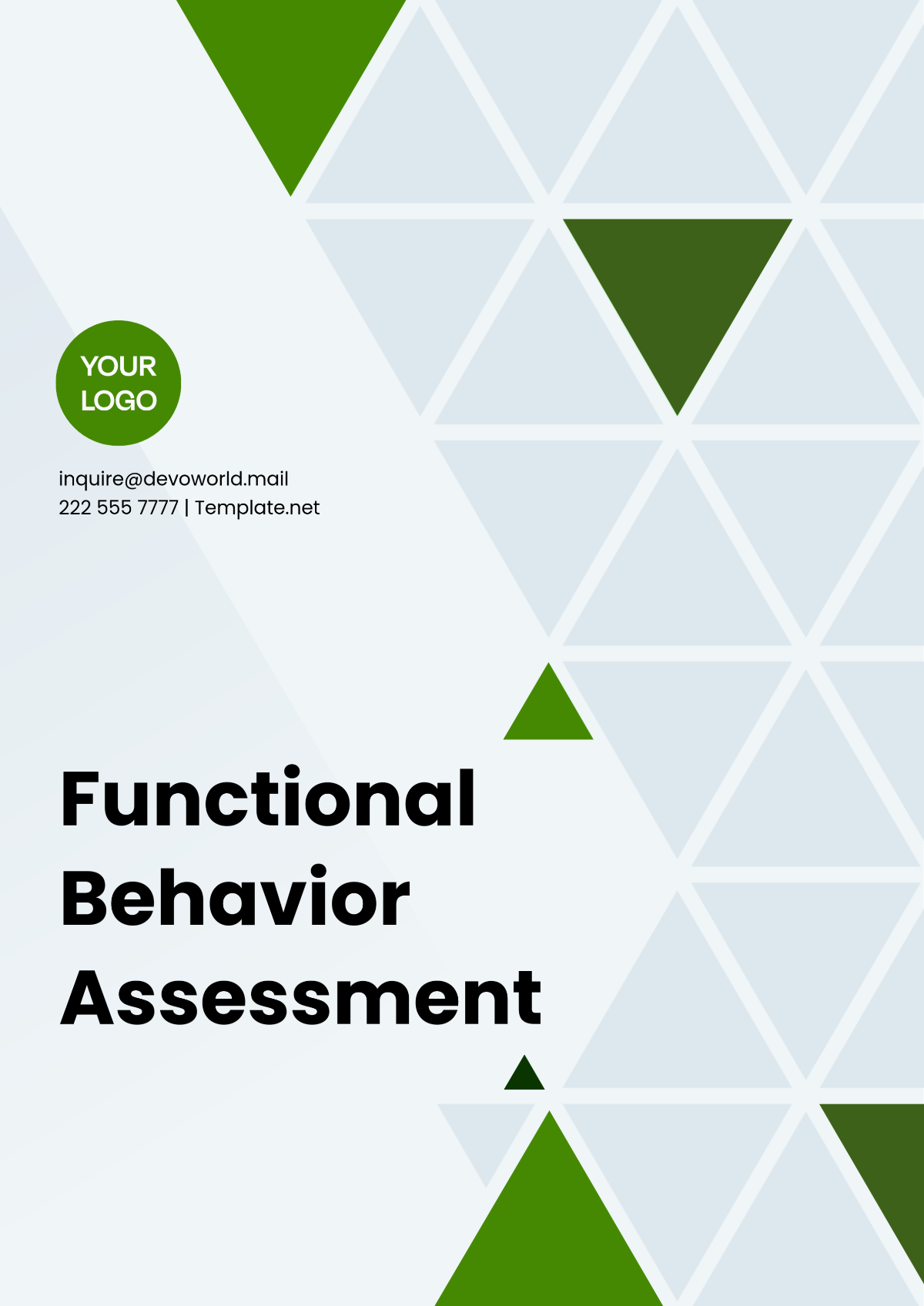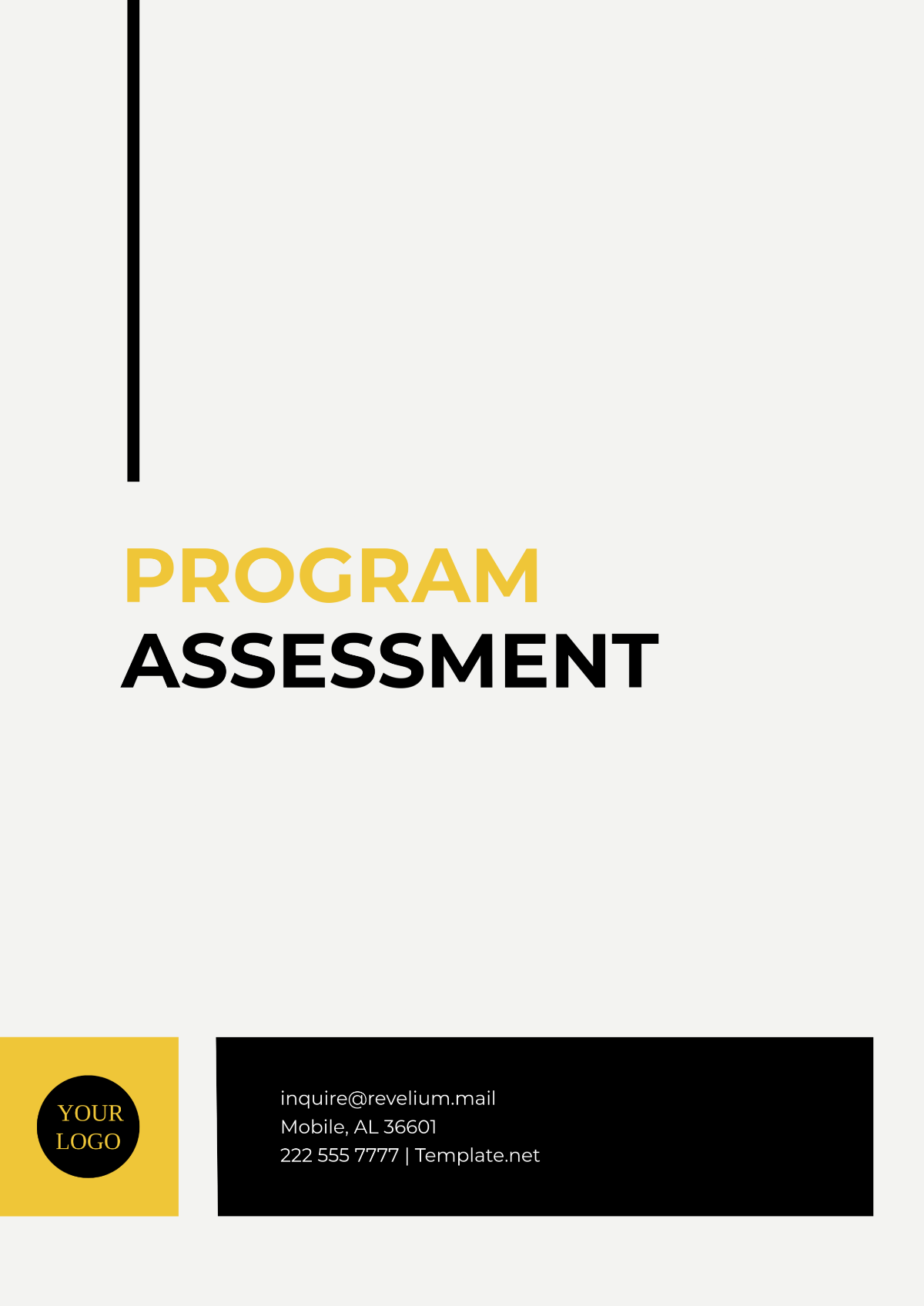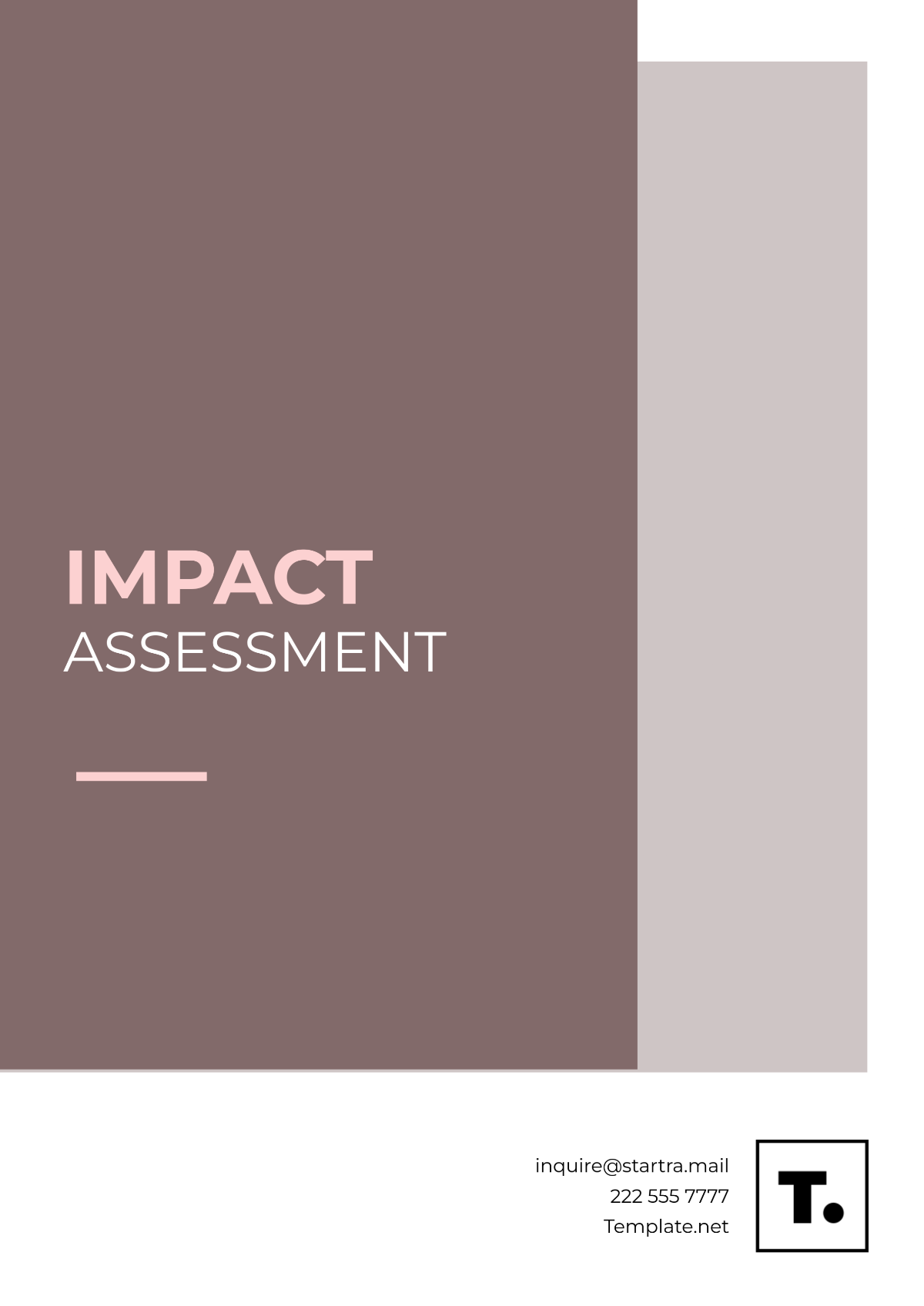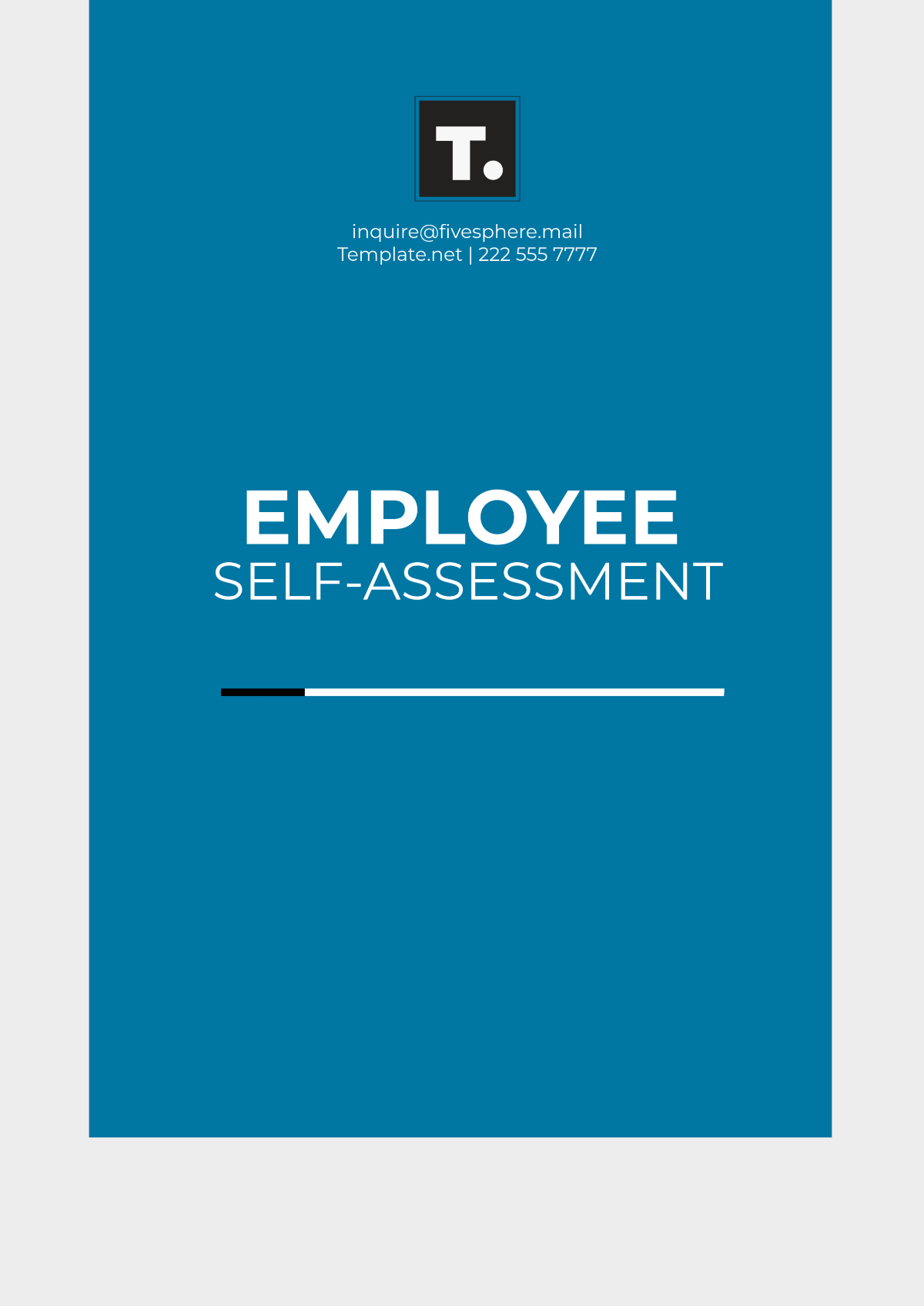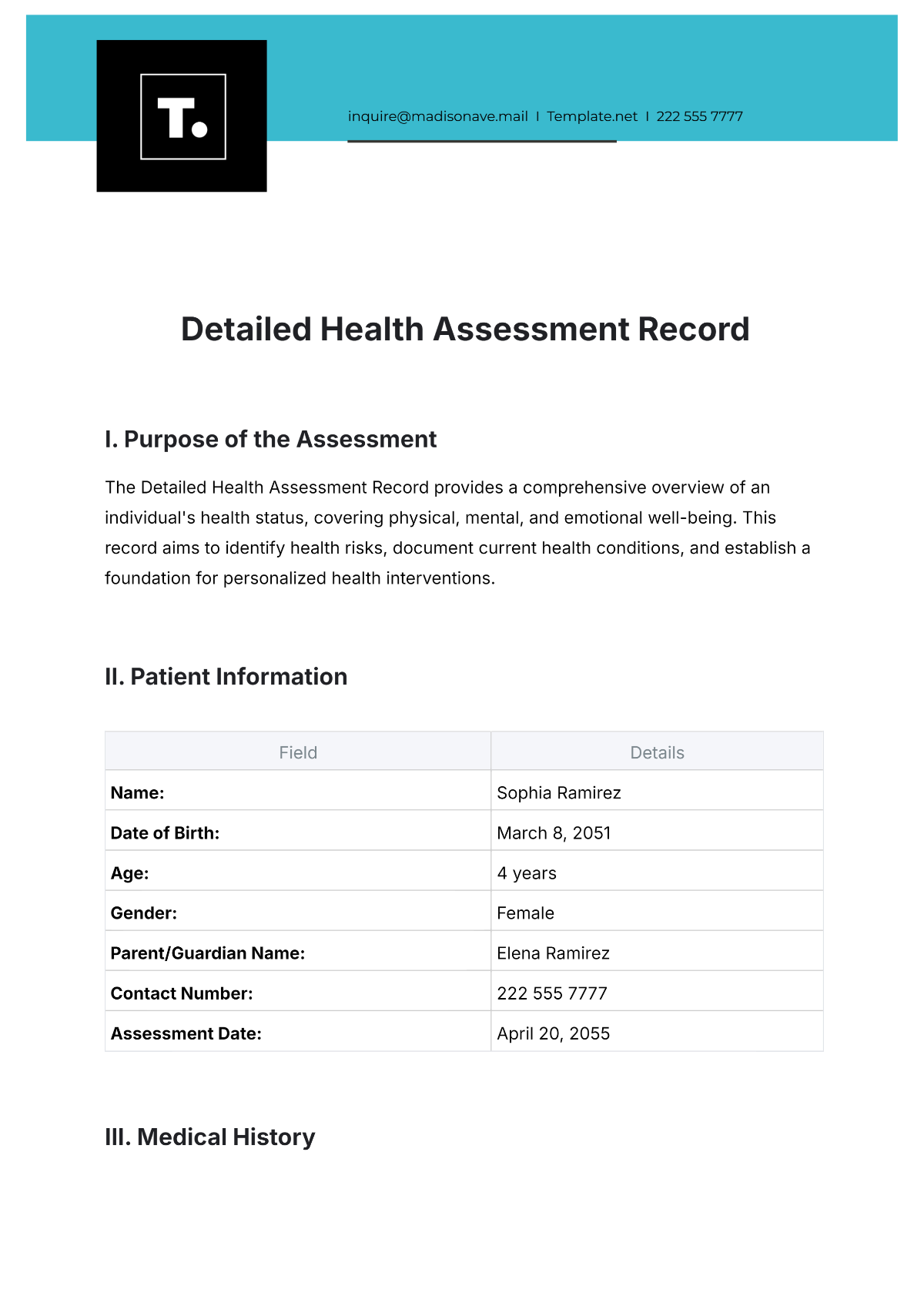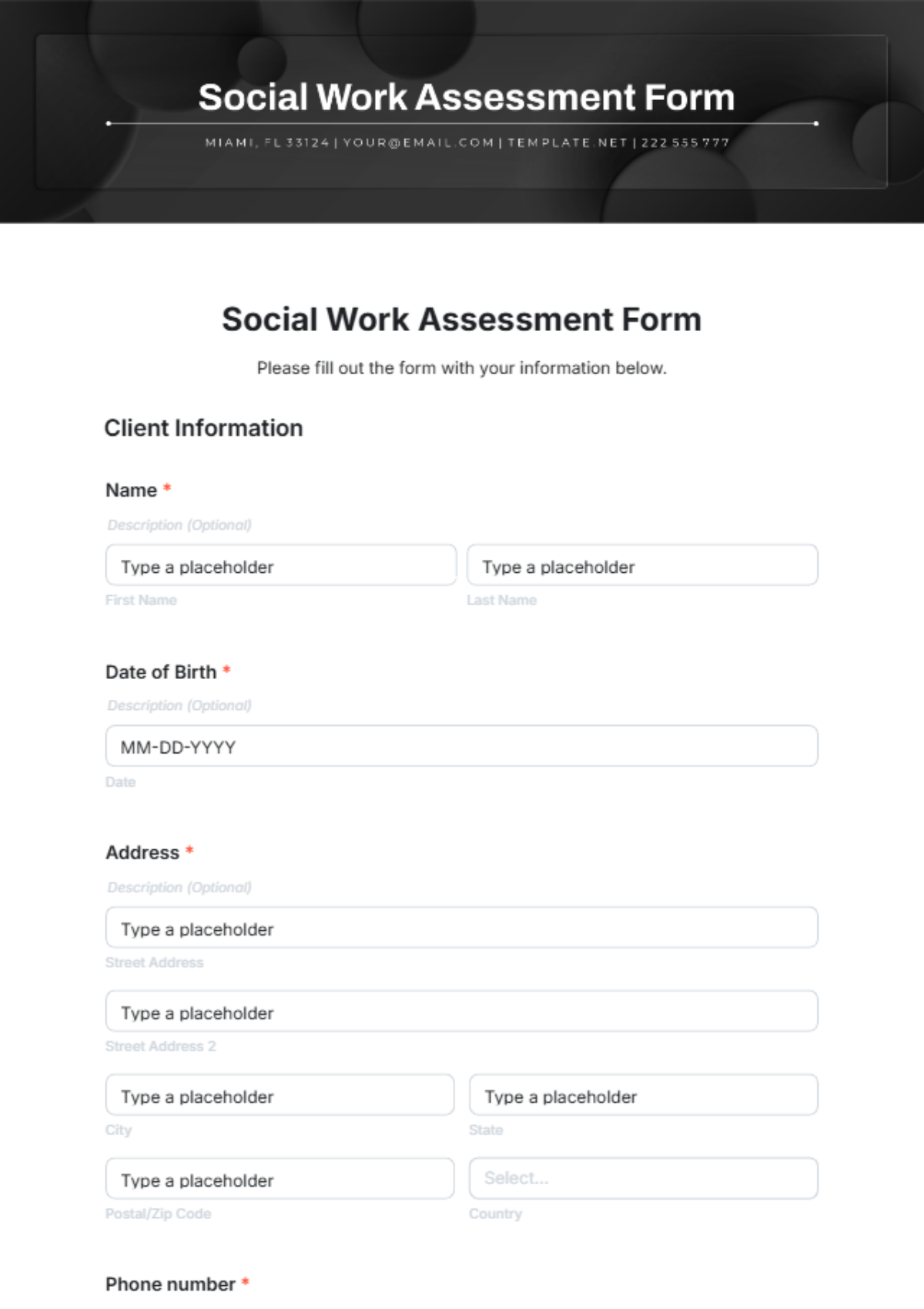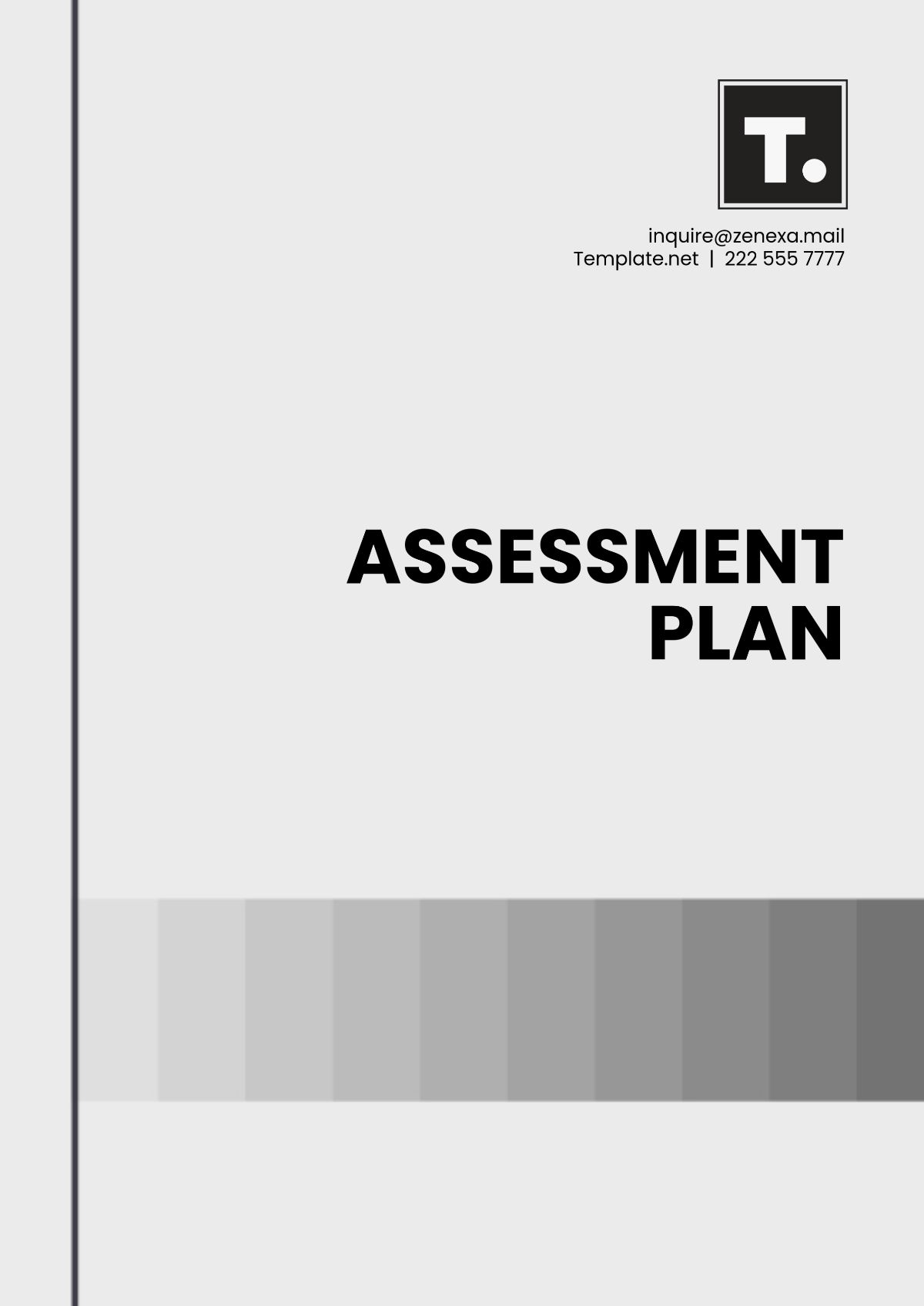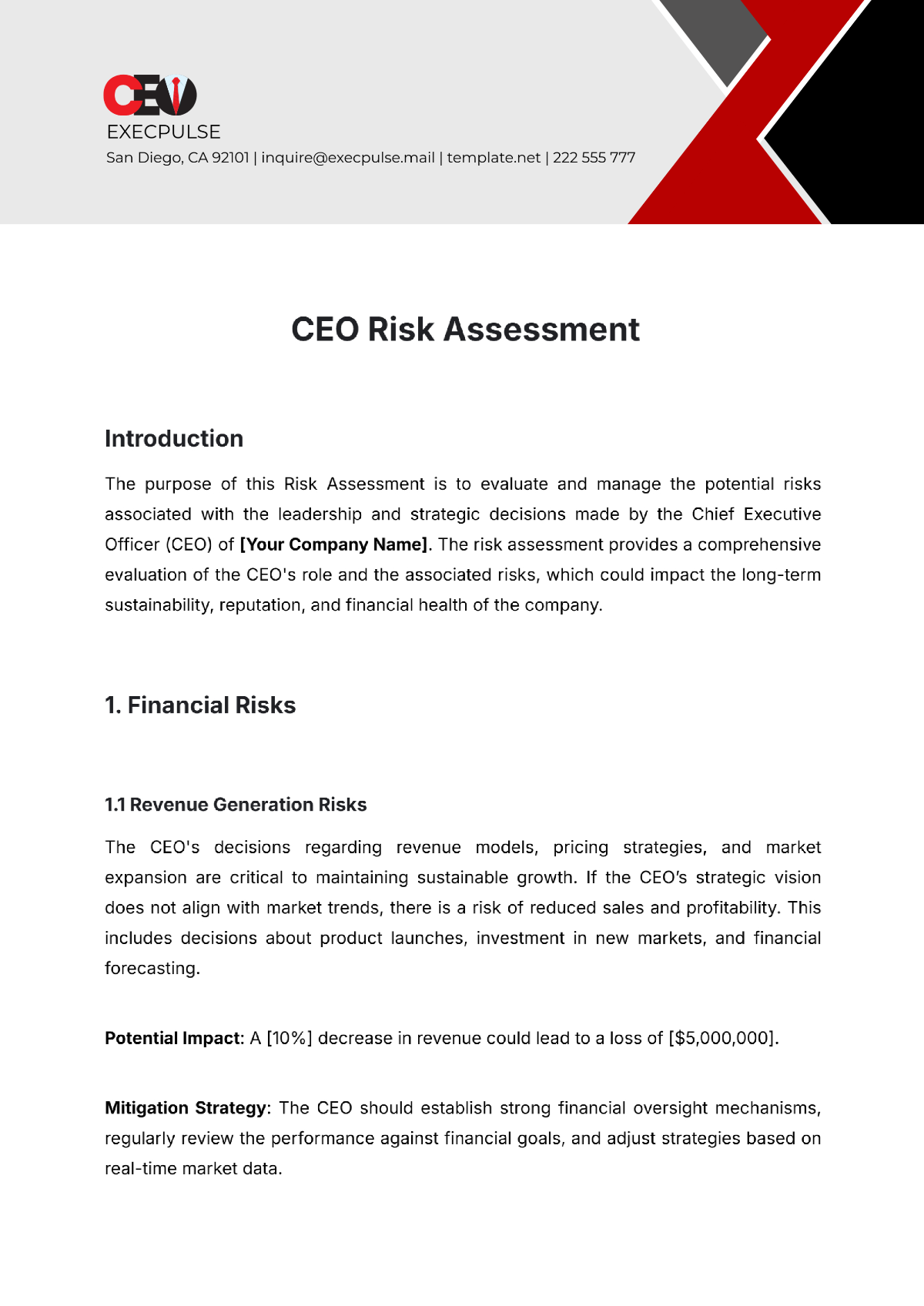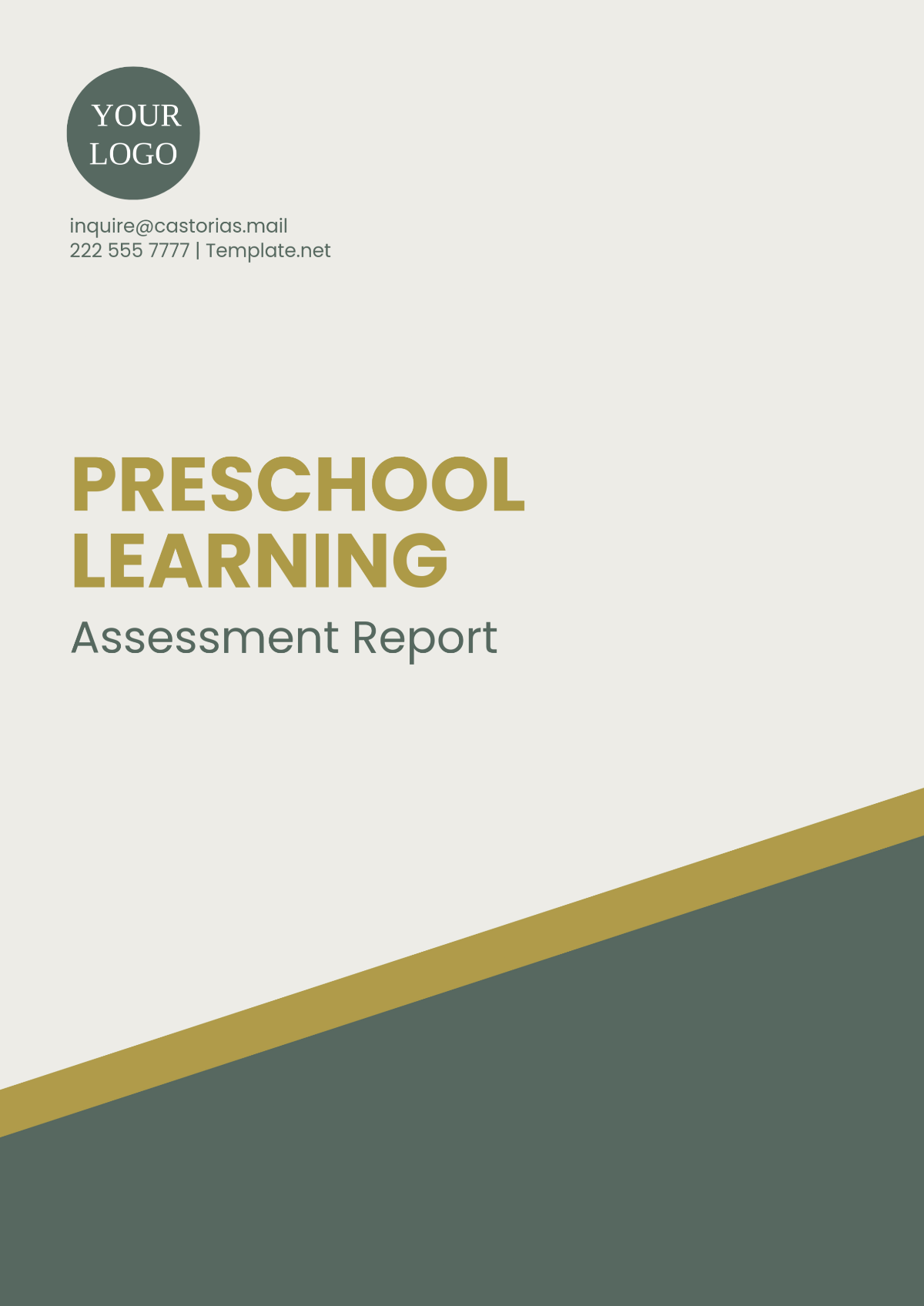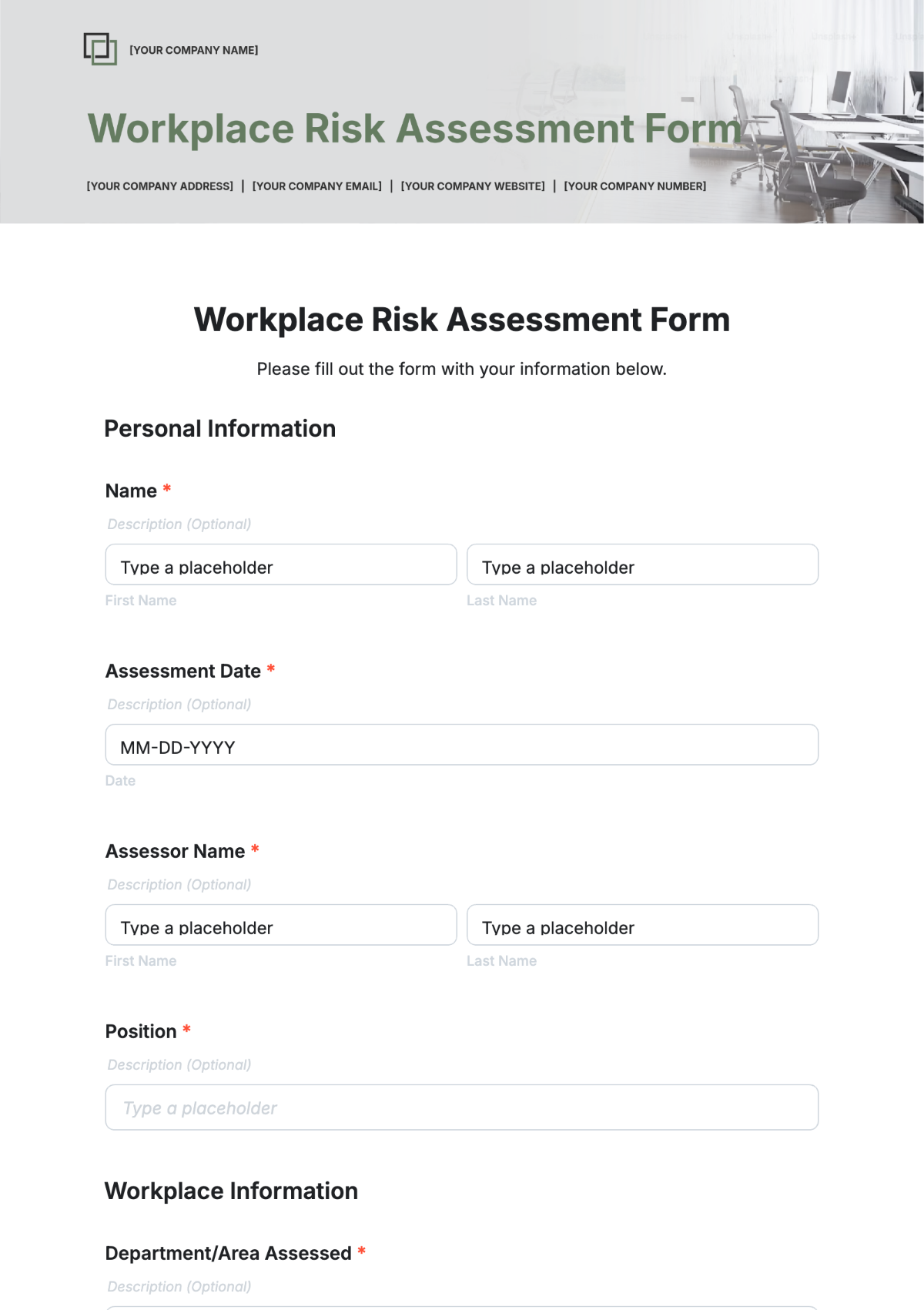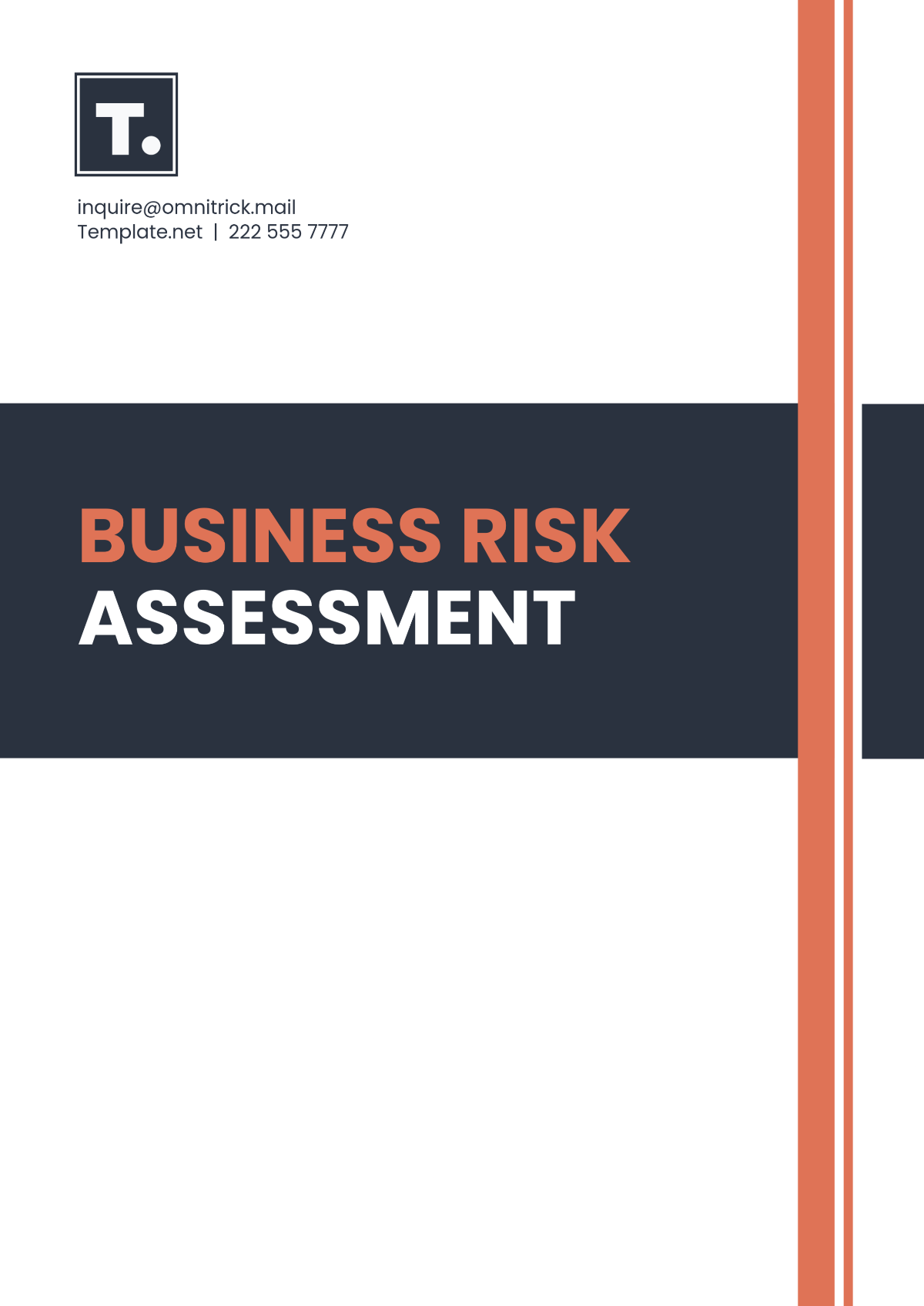School Assessment Policy Layout
1. Purpose and Objectives
Purpose of the Policy: Outline the reasons for having an assessment policy, including fostering student growth, guiding instruction, and ensuring fair evaluation practices.
Policy Objectives:
To provide clear and consistent guidelines for assessments.
To ensure transparency in assessment practices.
To promote student learning and achievement.
To support the development of fair, reliable, and valid assessments.
2. Scope and Application
Applicability: This policy applies to all students across [school levels, e.g., elementary, middle, and high school].
Review and Revision: Outline how frequently the policy will be reviewed and updated, and by whom.
3. Assessment Types
Formative Assessments:
Purpose: Monitor student learning during instruction.
Examples: Quizzes, discussions, homework, class activities, and projects.
Summative Assessments:
Purpose: Evaluate student learning at the end of an instructional period.
Examples: Final exams, end-of-term projects, standardized tests.
Diagnostic Assessments:
Purpose: Identify students’ strengths and areas for improvement before instruction begins.
Examples: Pre-tests, and skills assessments.
Interim Assessments:
Purpose: Evaluate student progress at intervals throughout the year.
Examples: Midterm exams, and interim assessments to guide instruction.
4. Assessment Principles
Fairness: Assessments will be designed to ensure that all students have equal opportunities to succeed.
Transparency: Expectations for assessments will be communicated to students and parents beforehand.
Reliability and Validity: Assessments will measure what they intend to measure and will yield consistent results.
Consistency: Teachers will follow the same guidelines and criteria for assessments.
Respect for Diversity: Assessments will accommodate the diverse needs of students, including those with learning disabilities, language differences, etc.
5. Grading and Evaluation
Grading Scale: Provide details of the grading system used (e.g., letter grades, percentages, descriptive feedback).
Weighting of Assessments: Explain how different types of assessments are weighted in the final grade (e.g., exams 50%, assignments 30%, participation 20%).
Grade Boundaries: Define the grade thresholds (e.g., A = 90-100%, B = 80-89%).
Feedback Mechanism: Outline how and when feedback will be provided to students, including the format (written, verbal) and frequency.
6. Assessment Procedures
Scheduling of Assessments: Provide a clear timeline for when assessments will be scheduled throughout the academic year.
Submission Deadlines: Define deadlines for assignments, projects, and other assessments.
Make-up Assessments: Outline the procedures for students who miss an assessment due to illness or other excused absences.
Cheating and Plagiarism: State the school’s policy regarding academic dishonesty and the consequences for violating it.
7. Roles and Responsibilities
Teachers’ Responsibilities:
Designing and implementing assessments aligned with the curriculum.
Providing timely and constructive feedback.
Maintaining clear records of student performance.
Students’ Responsibilities:
Preparing adequately for assessments.
Submitting work on time and adhering to academic integrity guidelines.
Engaging with feedback for continuous improvement.
Parents’ Responsibilities:
Supporting their child's preparation for assessments.
Communicating with teachers regarding any concerns or challenges faced by the student.
8. Accommodations and Special Considerations
Students with Disabilities: Detail the provisions for students with disabilities, including alternative assessment formats and extended time.
English Language Learners (ELL): Describe how assessments will accommodate students whose first language is not English.
Other Considerations: Address any other factors that may require special accommodations (e.g., mental health concerns, learning challenges).
9. Assessment Integrity
Code of Conduct: Describe expected behavior during assessments to uphold academic integrity (e.g., no cheating, or plagiarism).
Monitoring of Assessments: Outline how assessments will be monitored to prevent unfair practices, such as cheating.
10. Review and Monitoring
Monitoring of Assessment Practices: Describe how assessment practices will be monitored and evaluated to ensure consistency and fairness.
Student Input and Feedback: Provide mechanisms for students to give feedback about the assessments, which can inform future improvements.
Annual Review: Outline the process for reviewing the policy each year to ensure its relevance and effectiveness.
11. Communication of the Policy
Policy Distribution: Explain how the policy will be communicated to students, parents, and staff (e.g., through handbooks, online platforms, and meetings).
Accessibility: Ensure that the policy is accessible to all stakeholders, including those with disabilities or language barriers.
12. References
List any relevant documents, such as curriculum guides, national or regional educational standards, and other relevant policies.
